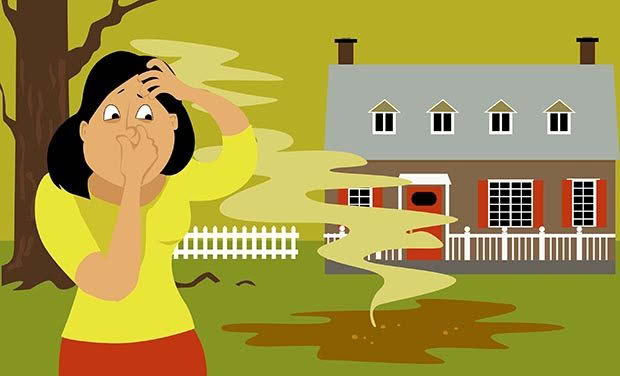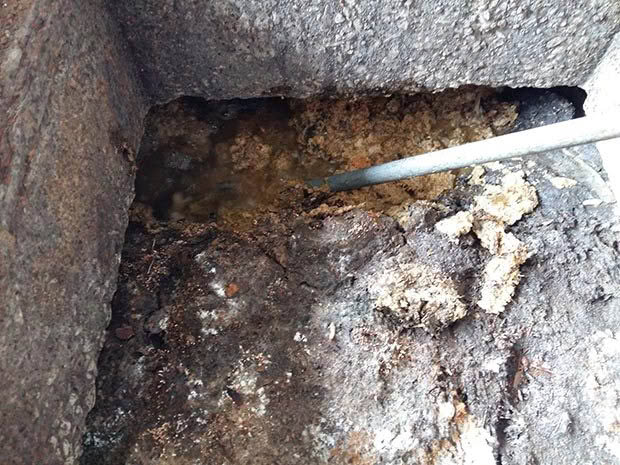The 7 common reasons why a septic tank fails

The majority of septic tank systems are old, and a high number are at risk of failing
It’s estimated that more than 40,000 of the 270,000 or so on-site domestic wastewater systems in NZ are at risk of failing.
Failure rates of on-site systems are estimated to range from 15-50 per cent, which equates to between 40,000-130,000 failing systems nationally. There is a large amount of variability in the estimates due to the variation in local factors, including geology, climate, design and installation, lot size, and the age of the community.
In a report on domestic wastewater systems, the Ministry for the Environment wrote most people weren’t aware that to keep a system working well required regular inspections and ongoing maintenance, while a few weren’t even aware they had a septic tank system.
A selection of in-depth surveys by regional, district and city councils in the mid-2000s highlighted the overall bad performance of on-site systems.
• A survey of 3251 systems in the Bay of Plenty found that 64 percent of the systems surveyed failed an inspection.
• A survey around Lake Rotorua found that 77 percent of septic tanks within the Rotokawa/Brunswick area did not comply with the Environment Bay of Plenty. Ninety percent of owners did not clean their on-site systems once per decade, contributing to the high nutrient load in Lake Rotorua. Water quality within streams and springs in the area showed high levels of faecal contamination.
• Inspections of 2000 properties on Waiheke Island (Auckland City Council) indicated that around 11 percent had minor problems and a further 3 percent had major problems.
• An assessment of on-site systems in Clevedon Village, Manukau, found that approximately 20 percent of on-site systems were subject to failure at the time of the inspection and a further 10 percent were considered potentially likely to fail.

Solids need to be removed from most septic systems by a specialist operator for disposal at least once every 10 years
Failure is defined as the situation where inadequately treated wastewater enters groundwater or surface water, creating an environmental risk, or rises to the ground surface, creating a risk to human health. This can occur through:
• inadequate management of the system (eg, disposing of unsuitable items or chemicals);
• inadequate maintenance of the system (eg, not pumping out the tank when required);
• the septic tank leaking directly into the ground through cracks in the tank walls and joints;
• the on-site system being connected, either intentionally or by accident, to stormwater pipes or open stormwater drains, leading to overloading;
• the pipes in the disposal field becoming blocked, causing concentrated wastewater to discharge into the ground;
• the disposal field soil not being permeable enough, causing wastewater to rise to the ground surface (run-off to surface waters or discharge directly into groundwater through large cracks in the soil is possible);
• the disposal field soil being too permeable (eg, coarse sands or gravels), allowing the wastewater to enter groundwater without adequate treatment in the unsaturated soil (removal of contaminants such as pathogens is much more effective in unsaturated soils);
• the disposal field being too close to the groundwater table (in high groundwater situations), allowing the wastewater to enter the groundwater without adequate treatment (contaminated groundwater can then flow into surface waters, contaminating those surface waters);
• the system not having enough capacity for the size of the dwelling.

THE 7 MAIN CAUSES OF FAILURE
- The on-site system (including the disposal field) not being designed and/or installed correctly, including inadequate site investigations, a lack of appropriate technical knowledge of systems by installers, and lack of innovation in developing systems applicable to a wide range of environments.
- The system not being operated in accordance with the manufacturer’s guidelines.
- The property owner (or occupier) not managing what goes into their system, or making sure the system receives regular servicing and maintenance as and when required. The report pointed out this is often because a property owner doesn’t know how to do it.
- A system reaching the end of its effective life span and needing replacing, which could be identified early if a system was regularly managed and maintained, potentially saving a lot of money for a property owner.
- The owner or other unqualified people undertaking repairs that were not in compliance with current standards.
- Inadequate lids, vents, mushrooms and gully traps, some due to poor or old materials and/or construction, some to root intrusion.
- A specific problem identified by Environment Southland was having disposal fields in close proximity (or over) tile drains, creating direct flow paths to ground and surface water.
A COMMON WAY TO DISCOVER YOUR SEPTIC TANK HASN’T BEEN MAINTAINED
A lot of people don’t know their system has a problem until the gully trap lets them know in the worst possible way.
A gully trap is an over-flow system. If there’s a blockage somewhere, the overflow will often go out the gully trap and end up as a pool alongside your house.
A common reason for a blockage is lack of maintenance. Most systems require the accumulated solids to be pumped out by a specialist operator every 3-5 years. If you don’t do it, at some point the system will block and something you’ve just flushed will go wooshing out the gully trap instead.
If you don’t know where your septic tank is, you can visit your district council and look at the wastewater plan for your house.

8 AWFUL THINGS YOU CATCH IF YOUR WASTEWATER SYSTEM IS FAILING
A failing wastewater system puts block owners at risk of contaminates groundwater. It can include some real nasties, like:
• campylobacter;
• E. coli;
• yersinia;
• shigella;
• viruses such as norovirus and hepatitis A;
• protozoa such as cryptosporidium and giardia.
The outbreak of gastroenteritis in Havelock North in 2016 that made over 5000 of the town’s residents ill, put 45 in hospital and was linked to three deaths, was due to campylobacter in the town’s drinking water bores.
Love this story? Subscribe now!
 This article first appeared in NZ Lifestyle Block Magazine.
This article first appeared in NZ Lifestyle Block Magazine.
